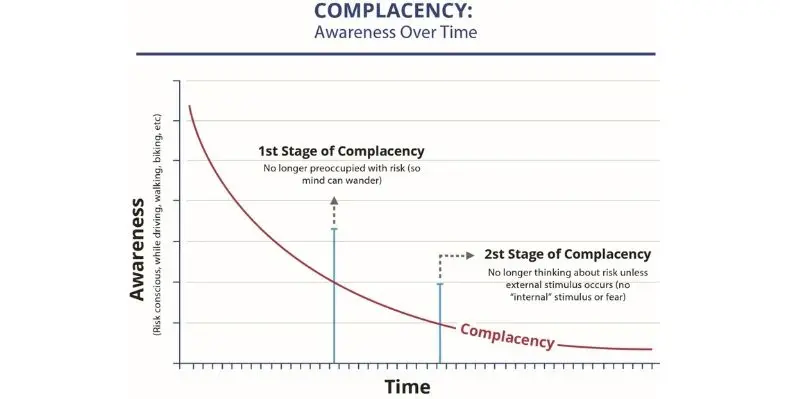Security spending for the protection of critical infrastructures will hit US$125bn globally by 2023, predicts ABI Research’s Critical Infrastructure Security report
ABI Research, a market research consulting firm that provides strategic guidance for the most compelling transformative technologies, unveiled key findings for infrastructure spending on security.
The findings stated that critical infrastructures are radically transforming on an unprecedented scale, boosted by a rapid adoption of ‘smart’ operational technologies. Cybersecurity is a growing part of that evolution.
At present, defense contractors (Lockheed Martin, BAE Systems, Harris, Northrop Grumman), industrial OEMs (Honeywell, Siemens, Airbus, Rockwell, Boeing), tech leaders (IBM, Amazon, Microsoft, Verizon), and energy companies (Shell, Total, Exxon) are said to be the big security spenders.
According to the study, three main drivers are driving the improvement of digital security in areas such as utilities, transportation and healthcare: digital transformation and increased connectivity of operational technologies; democratisation of cyber attacks against critical infrastructures; and a mature market for industrial and IoT security.
Michela Menting, research director at ABI Research, said, “Connected OT has enabled optimisation and greater efficiency for decades-old legacy systems, cutting costs and vastly improving operations for operators.”
But it has also introduced new vulnerabilities and created new threat vectors to previously air-gapped technologies. The first specialised attacks against industrial control systems are over a decade old, and the attack tools and methods are accessible to even the most common cybercriminals, the study noted.
Fortunately, the cybersecurity industry has been working in parallel to address that security gap between IT and OT. As a result, security solutions for industrial control systems and IoT have been fast maturing, rendering them more widely available and affordable, it added.
“So, while critical infrastructure operators face an expanding threat landscape, they also have greater choice and support in terms of digital protection of their OT and IT systems. Security budgets have increased significantly, which is encouraging news for those sectors which have long lagged in digital security,” Menting explained.
However, these positive developments face several obstacles that plague critical infrastructures: a macro-focus slowdown by governments regarding national cybersecurity strategies, especially in the U.S., and the E.U., continued resistance to cybersecurity regulation and sectoral information sharing, and cyberthreat fatigue leading to general apathy regarding cybersecurity by the private sector.
Many stakeholders view cybersecurity as a check-box exercise for one-time spending rather than investing on a continuous basis.
“Consequently, while current security spending levels are significantly higher compared to just a few years ago, there is still significant room for further investment, both from an awareness and an implementation perspective,” she concluded.























